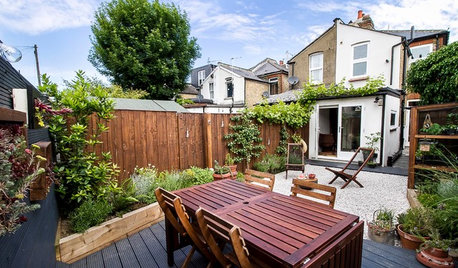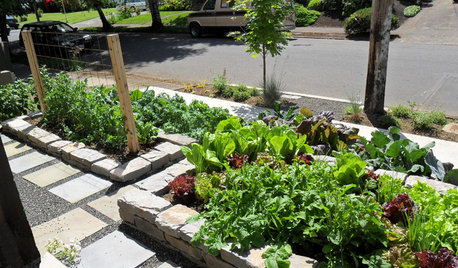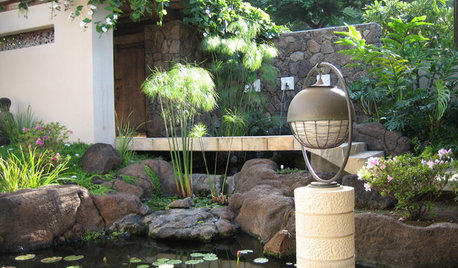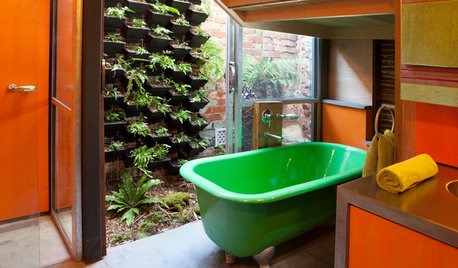Advice with an edible planter
Sophannah
6 years ago
Related Stories

FARM YOUR YARDHow to Grow Vegetables in Containers
Get glorious vegetables and fruits on your patio with a pro’s guidance — including his personal recipe for potting mix
Full Story
GARDENING GUIDESHow to Plan Your Edible Garden
Get organized before you plant to ensure that your fruits and vegetables have a chance to thrive
Full Story
GARDENING GUIDES10 Easy Edibles for First-Time Gardeners
Focus on these beginner-friendly vegetables, herbs, beans and salad greens to start a home farm with little fuss
Full Story
FARM YOUR YARD10 Easy Edibles to Grow in Containers
These herbs, vegetables and fruits are just as happy in a pot as they are in the ground
Full Story
EDIBLE GARDENS12 Essential Herbs for Your Edible Garden
Make home cooking and drinks even better with herbs plucked from your own backyard or windowsill pot
Full Story
FRONT YARD IDEAS10 Ideas for a Front-Yard Edible Garden Your Neighbors Will Love
Choosing attractive, well-mannered plants and sharing the bounty will go a long way toward keeping the peace
Full Story
FRONT YARD IDEASWelcome Edibles Into the Front Yard for Fresh Food and More
Give your front yard design a boost and maybe even make new friends by growing fruits and vegetables
Full Story
LANDSCAPE DESIGNRecipe for Asian Edible Garden Style
A surprising number of food plants are hiding out in Asian-themed landscapes. Add a few more and extend the Zen flavor to the kitchen
Full Story
FARM YOUR YARDAdvice on Canyon Farming From L.A.'s Vegetable Whisperer
See how a screened garden house and raised beds help an edible garden in a Los Angeles canyon thrive
Full Story
GARDENING GUIDESOn the Up and Up: Expert Advice for Growing a Green Wall
Houzz pros share solutions for 7 common challenges you can face with a vertical garden
Full Story






digdirt2
floral_uk z.8/9 SW UK
Related Professionals
Accokeek Landscape Architects & Landscape Designers · Deer Park Landscape Architects & Landscape Designers · Essex Landscape Architects & Landscape Designers · Forest Park Landscape Architects & Landscape Designers · Rossville Landscape Architects & Landscape Designers · Mooresville Landscape Contractors · Estelle Landscape Contractors · Hayden Landscape Contractors · Huntington Landscape Contractors · Miller Place Landscape Contractors · Rochester Landscape Contractors · Rockland Landscape Contractors · Seminole Landscape Contractors · Welby Landscape Contractors · Providence Driveway Installation & Maintenancedigdirt2
daninthedirt (USDA 9a, HZ9, CentTX, Sunset z30, Cfa)
Steve Lng Islnd NY Z-7a SunSet Z-34
floral_uk z.8/9 SW UK